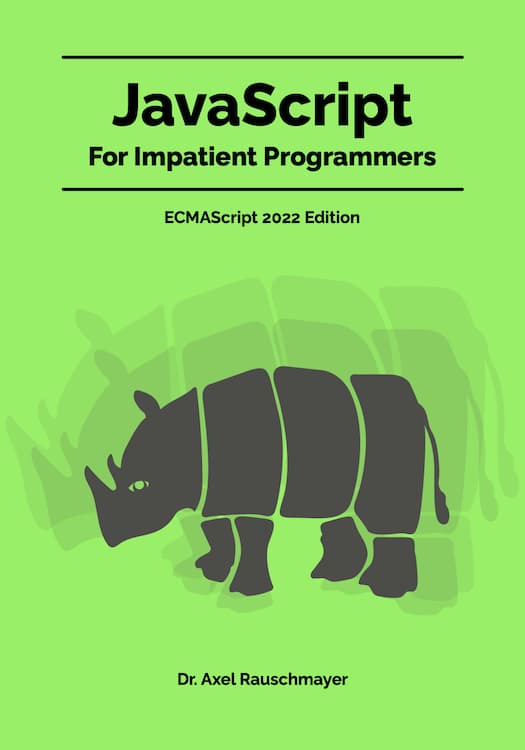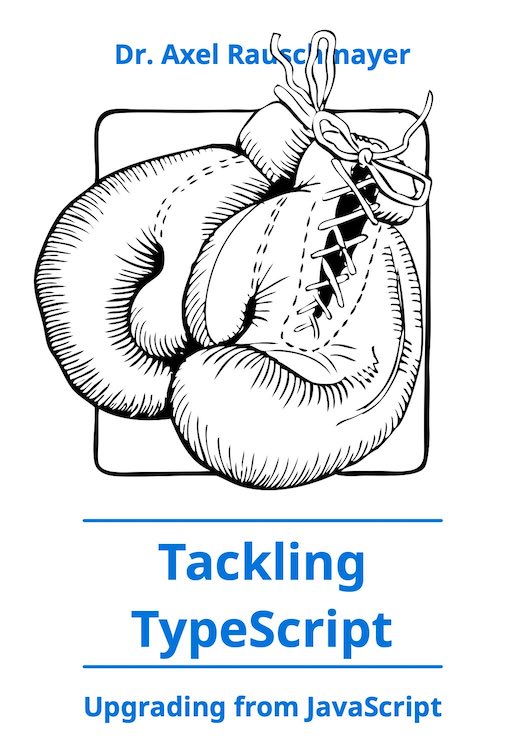Feeds (RSS, Atom) in the time of social media
Social media versus feeds
Let’s look at the strengths of each of the two.The strengths of social media
Social media work well for:- High-volume streams of information. In this setting, you don’t care about missing an item.
- Spreading news items. If you see an item in one of the streams you are following, Twitter et al. make it simple to share it with your followers: you can insert a reference to it into your own stream. That means that news items spread globally, if enough people find them interesting.
- Communication. I especially find Twitter useful for publicly discussing topics, or for finding out what people think about a given topic.
The stengths of feeds
The core strength of feeds are that they provide an open and standard way of tracking things. For example:- Events (e.g.: “When is the next meeting of user group X?”)
- Blogs: especially when you don’t want to miss a single blog post. Which is more likely if a blog is low-volume.
- Podcasts
- YouTube channels
As a result of the openness of the standards RSS and Atom, you also get broad support for developers via libraries for parsing, generation, etc. And for users via apps and web services.
Lastly, feeds also allow you to take content offline. However, not many feeds have stand-alone items; usually you get a brief summary with a link to the actual content. Hence, I’m usually reading my feeds while I’m online so that I can follow links.
Feeds are less ideal for high-volume channels, where you don’t need to read each item. But maybe those could be supported by limiting how many items are kept (say, a maximum of 100 items) and by not including them in the count of unread items.
Feed reader UIs. Some people want their feed reader application to present them with an automatically generated newspaper, laying out items in a grid, interspersed with images, etc. For tracking things, however, I love the classic email user interface: Three vertical panes, one for folders/tags, one for items, one for the currently selected item. Alas, not many apps have this kind of user interface. For example, as far as I know, the only iOS app that does is Byline. Alas, it only supports Feedly at the moment.
Life without Google Reader
This is how Google announced in March that they were going to shut down Google Reader:We launched Google Reader in 2005 in an effort to make it easy for people to discover and keep tabs on their favorite websites. While the product has a loyal following, over the years usage has declined. So, on July 1, 2013, we will retire Google Reader.As a web service, I have migrated to Feedbin. It has the email-style user interface that I want, along with shortcuts for marking items as read/unread and so on. That means that I don’t need a native app. Feedbin not being offline capable doesn’t bother me, because I’m normally online when I read feeds, anyway. Alternatives to Feedbin exist. I’ve heard good things about NewsBlur, Yoleo and Feedly.
Today, Google Reader stopped working, it is still possible to download a list with one’s subscriptions until July 15. Let’s take a minute and mourn a great product.

Conclusion
Since the announcement of the pending death of Google Reader, a nice ecosystem of services and compatible native apps has sprung up. It’s good to hear that that ecosystem is profitable; quoting the Feedbin blog:Feedbin is built on paying customers and I really appreciate your support and patience. Thanks to you Feedbin has been profitable since three weeks in and will be able to stick around for a while.Given the vitality of the new ecosystem, Google may have made a mistake in discontinuing Reader. On the other hand, Google Reader had no sustainable business model and an unfair advantage when it decimated the competition, years ago. Its demise enables new innovation.
To conclude, the future of feeds looks bright. They complement, rather than compete with, social media. I expect people to come up with new ideas and apps based on feeds.





